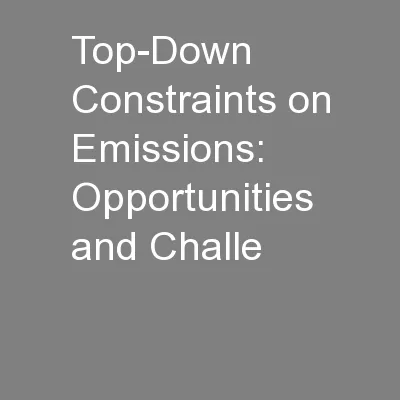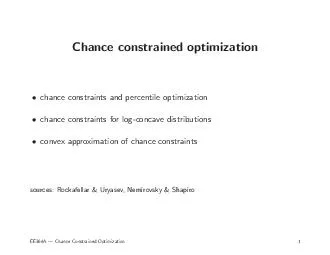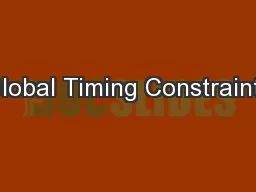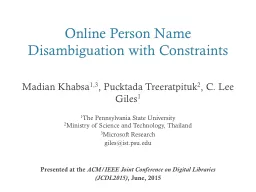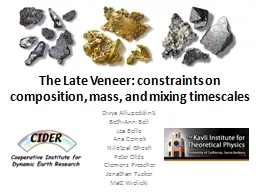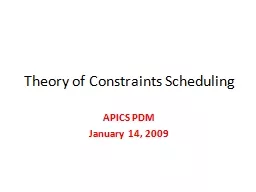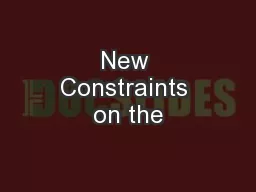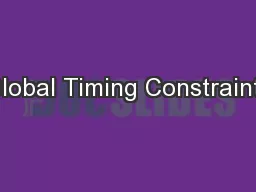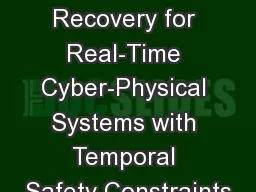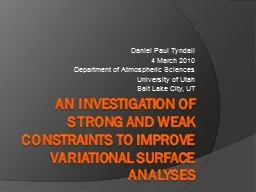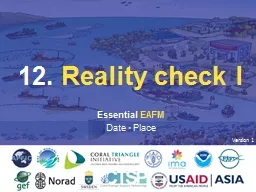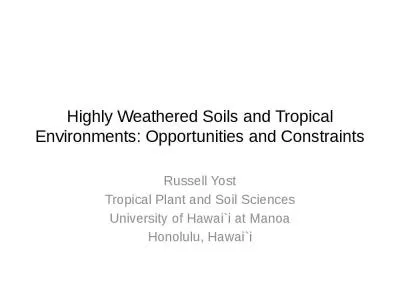PPT-Top-Down Constraints on Emissions: Opportunities and Challe
Author : cheryl-pisano | Published Date : 2016-08-10
Randall Martin with contributions from Shailesh Kharol Gray OByrne Akhila Padmanabhan Aaron van Donkelaar 2013 China Emissions Workshop Beijing 28 June
Presentation Embed Code
Download Presentation
Download Presentation The PPT/PDF document "Top-Down Constraints on Emissions: Oppor..." is the property of its rightful owner. Permission is granted to download and print the materials on this website for personal, non-commercial use only, and to display it on your personal computer provided you do not modify the materials and that you retain all copyright notices contained in the materials. By downloading content from our website, you accept the terms of this agreement.
Top-Down Constraints on Emissions: Opportunities and Challe: Transcript
Download Rules Of Document
"Top-Down Constraints on Emissions: Opportunities and Challe"The content belongs to its owner. You may download and print it for personal use, without modification, and keep all copyright notices. By downloading, you agree to these terms.
Related Documents

